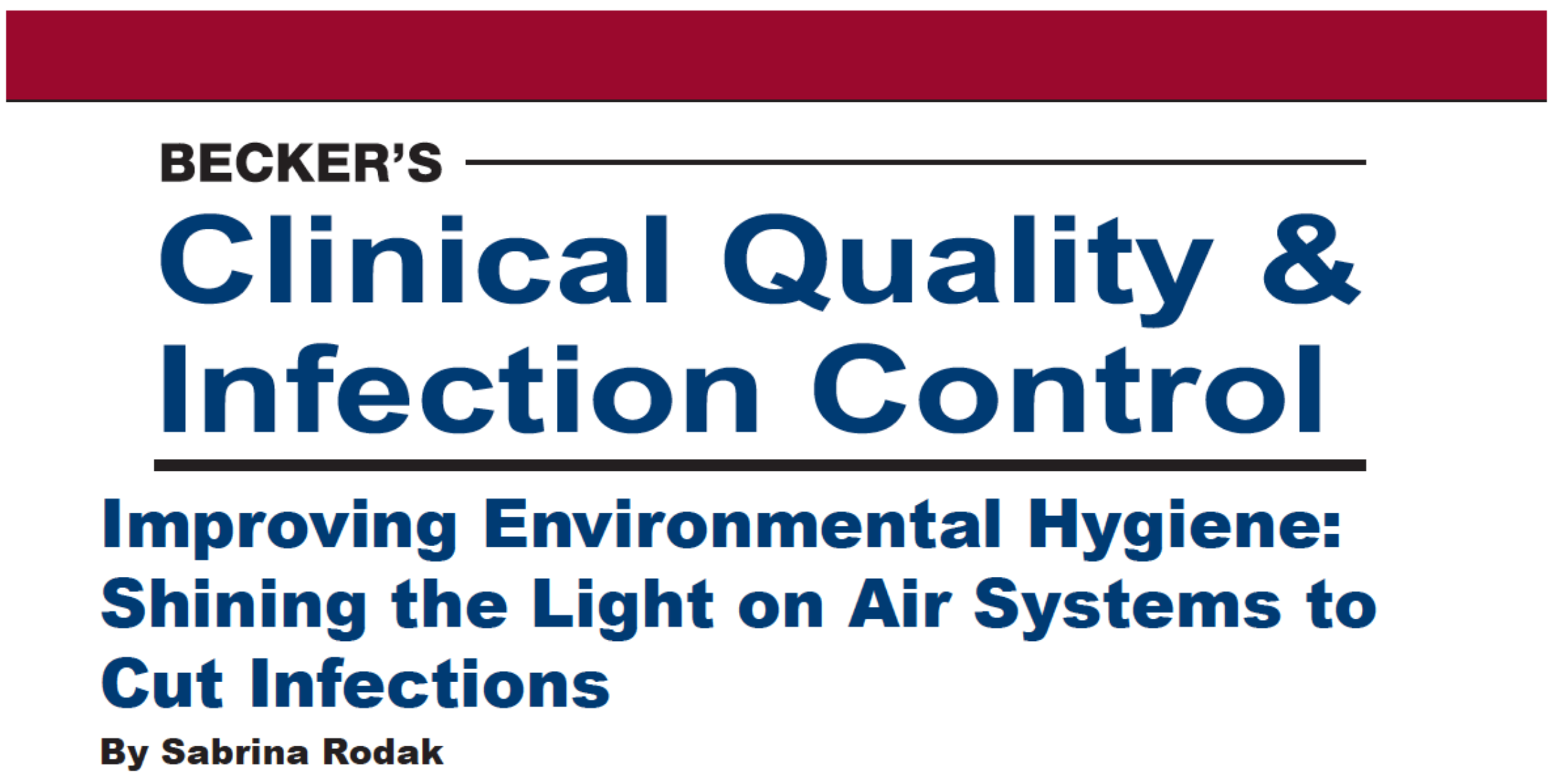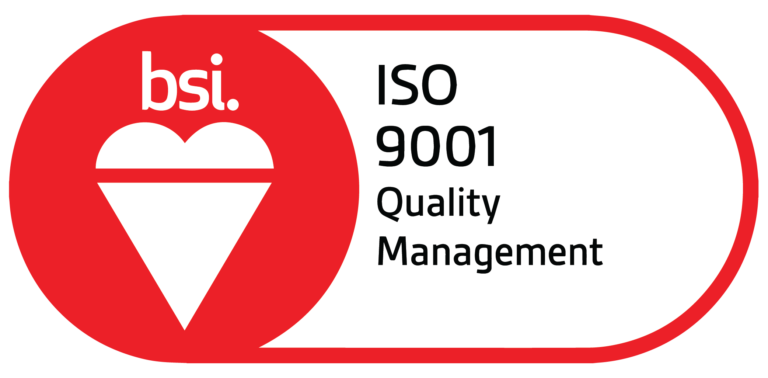
Knowledge Articles

A source of pathogenic bacteria that may be overlooked in environmen-tal cleaning in healthcare facilities is the heating, ventilation and air conditioning systems. HVAC systems have been shown to collect, amplify and spread microorganisms such as Aspergillus, Pseudomonas, Enter-bacter andAcinetobacter that cause infections and increase patient morbidity and mortality.
Implementing germicidal ultraviolet light in HVAC systems at the AC coil can eliminate these microorganisms and reduce health-care-associated infections, leading to signifi-cant reduction of non-reimbursable hospital charges.
The evidence
A 2011 study in Journal of Perinatology found multiple infection-causing bacteria in the HVAC system of a neonatal intensive care unit at the Women and Children’s Hos-pital of Buffalo (N.Y.). When the hospital installed an advanced ultraviolet germicidal irradiation system, the microbes were nearly eliminated in the HVAC and the NICU environ-ment. This im-proved HVAC and environmen-tal hygiene di-rectly led to a decreased rate of ventilator-as-sociated pneumonia among high-risk NICU patients and decreased antibiotic usage.
The reduction in infections and antibiotic use resulted in approximately $850,000 in savings on the initial $50,000 UVC investment in the first year, according to Robert Scheir, PhD, president and CEO of Steril-Aire, which provided the UVC system in the study. “With this kind of important finding, it behooves the medical community to seriously explore and [eliminate] these sources of hospital-ac-quired infections,” he says.
Other hospitals’ experiences have shown the importance of HVAC environmental hygiene in preventing infections. For example, one hospital reduced HAIs 40 percent, and another hospital decreased HAIs to zero when they in-stalled UVC in the air systems, according to Dr. Scheir.

Dr. Robert Scheir
Lack of awareness, education
Many hospital administrators and clinicians do not realize the impact hospital HVAC systems have on infection rates. Buildup on the systems may look like dirt, belying their danger to pa-tients and healthcare workers, according to Dr. Scheir. “Infection preventionists, medical direc-tors and hospital administrators need to know and understand that a very significant amount of hospital-acquired infection rates may be sourced to the air conditioning systems,” he says.
However, even hospitals that are aware of mi-croorganisms in the HVAC system may not be addressing the problem appropriately. Elimi-nating infection-causing bacteria and maintain-ing clean HVAC systems require more than a simple wash-down; a system, such as UVC, that continuously destroys bacteria with each air flow is necessary, according to Tim Leach, director of healthcare solutions at Steril-Aire. “Most hospitals have looked at maintaining ac-ceptable environmental hygiene through histor-ically good facility maintenance practices such as correct filtration, timely filter change-outs and more air change-outs per hour in critical care areas,” he says. “But even with these best practices, bacteria and fungi will proliferate in the HVAC system, making their way to critical care environments and eventually immunocom-promised patients. UV light disrupts the DNA of the microorganism, taking away the ability for the organism to reproduce. If it can’t repro-duce, it can’t build biofilm within the HVAC.”
Mr. Leach says hospital HVAC systems may be the single largest reservoir of bacteria related to hospital-acquired infections. “In a study pub-lished in JAMA in 2009, the most problematic bacteria related to HAI are Pseudo-monasand Staphy-lococcus. These microorganisms are the number one gram negative and gram positive bac-teria, respectively, we identify from HVAC system cultures,” he says.
While UV light systems are an effective long-term strategy for eliminating microorganism growth in HVACs, they do require maintenance, such as changing the light bulbs annually, ac-cording to Dr. Scheir.

Tim Leach
Far-reaching benefits
UVC lights in hospitals’ air systems can greatly reduce hospital infection rates, improving pa-tient safety and length of stay in addition to in-creasing reimbursement. “Attention needs to be drawn to the fact that the cost of hospital-ac-quired infection cases ranges into the millions, if not hundreds of millions of dollars per year, and they can be readily controlled by the proper application of UVC to the air handlers,” says Dr. Scheir.
In addition, ridding the AC coils of bacteria im-proves HVAC system efficiency, reducing en-ergy costs and extending equipment life. Using the evidence-based design of high-output ger-micidal UVC at the coils, pathogenic and op-portunistic bacteria can be eliminated, helping hospitals to deliver the highest quality patient care and satisfaction while meeting energy and sustainability initiatives.
Address
LEAFPOWER CO., LTD.
54, 56, 58, 60 Soi Pattanakarn 64, Prawet Sub-district, Prawet District, Bangkok 10250 THAILAND

Call us
Call : 061-484-8988,
062-321-5855 (Admin)
Tel : 02-130-6371
FAX : 02-130-6372
